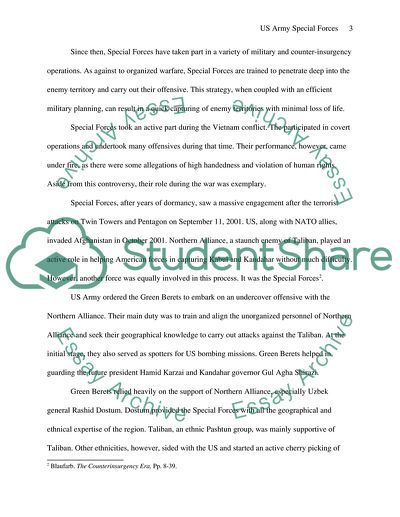Cite this document
(The US Army Special Forces' Success in Afghanistan Because of Previous Assignment, n.d.)
The US Army Special Forces' Success in Afghanistan Because of Previous Assignment. Retrieved from https://studentshare.org/military/1726733-us-army-special-forcess-sucess-in-afghanistan-because-of-previous-experiences
The US Army Special Forces' Success in Afghanistan Because of Previous Assignment. Retrieved from https://studentshare.org/military/1726733-us-army-special-forcess-sucess-in-afghanistan-because-of-previous-experiences
(The US Army Special Forces' Success in Afghanistan Because of Previous Assignment)
The US Army Special Forces' Success in Afghanistan Because of Previous Assignment. https://studentshare.org/military/1726733-us-army-special-forcess-sucess-in-afghanistan-because-of-previous-experiences.
The US Army Special Forces' Success in Afghanistan Because of Previous Assignment. https://studentshare.org/military/1726733-us-army-special-forcess-sucess-in-afghanistan-because-of-previous-experiences.
“The US Army Special Forces' Success in Afghanistan Because of Previous Assignment”, n.d. https://studentshare.org/military/1726733-us-army-special-forcess-sucess-in-afghanistan-because-of-previous-experiences.


